- Deleting Temporary Internet Files on Windows
- Deleting Temporary Internet Files on Internet Explorer
- Deleting Temporary Internet Files on Chrome
- Deleting Temporary Internet Files on Firefox
- Deleting Temporary Internet Files on Safari
- Deleting Temporary Internet Files on Microsoft Edge
- Summary: Delete Temporary Internet Files
Temporary Internet Files, or TIFs, are files that are used if you go for a page on the internet and then come back to it later. In a way, they act as a way to store bits of the page for you which makes loading them quicker the next time. It can be anything from pictures and video to advertising scripts and stylesheets which help make your internet experience more enjoyable. But do you know how to delete them? This guide is going to help you delete temporary internet files by answering these questions;
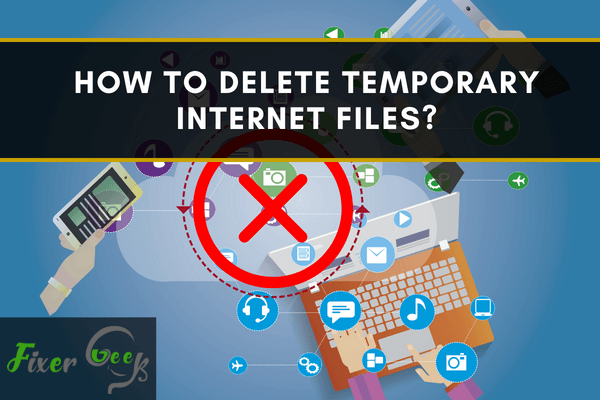
Usually, the computer creates and stores many files when you operate it or use the internet browsers. It poses a safety concern, and also it can slow the PC. So, clearing the temporary internet files can solve this situation.
Deleting Temporary Internet Files on Windows
- First, you must set your PC to display the hidden files and folder because the system typically hides the folder with the temporary internet file. For that, select the “Start” menu and open the “Control Panel.”
- Select “Appearance and Personalization.” Then, go for the “File Explorer Options.” In some cases, the option title is “Folder Options.”
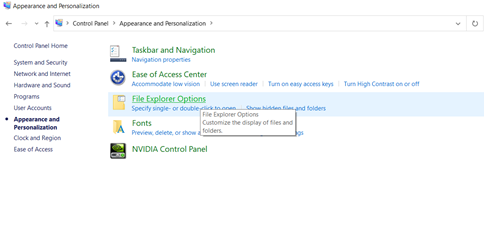
- Choose the “View” section. Select the circle beside the “Show hidden files, folders, and drives” option beneath the “Files and Folders” section. Select “Apply,” then “OK.”
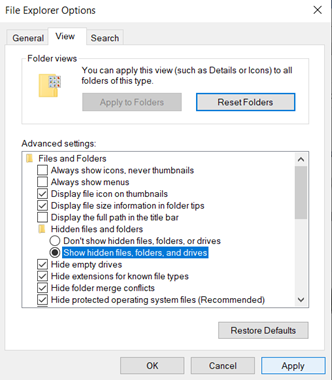
- Then, access the “Control Panel” again. Pick the “Network and Internet” option. Select “Internet Options.”
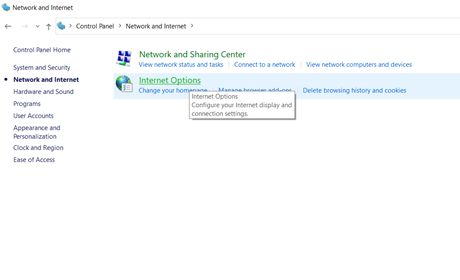
- Pick the “Settings” option from the “General” section of the “Internet Properties” window. Choose the “Temporary Internet Files” tab.
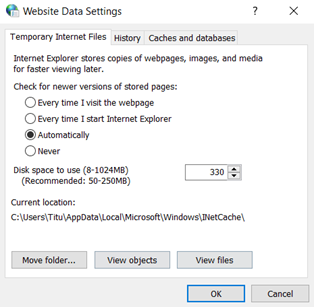
- Pick the “View files” option beneath the “Current Location.” It will display the temporary internet files.
- Select all the files and open the context menu by right-clicking on them. Click on “Delete.” A confirmation window will show up. Select “Yes.”
- Access the “Recycle Bin” after erasing the files. Again, choose every file and select “Delete.” It will permanently erase the files from the PC.
Deleting Temporary Internet Files on Internet Explorer
- Access the “Internet Explorer” application from your Windows operating system. Choose the “Tools” icon from the top right part of the screen.

- Select the “Safety” option from the dropdown menu. Choose “Delete browsing history.”
- Choose from the options to which files you wish to erase and which to keep. Select the “Temporary Internet files” option.
- Pick the “Delete” option to erase the files for good. It will need a few minutes to clear if there are many files.
Deleting Temporary Internet Files on Chrome
- Select the “Chrome” application and open it. Pick the “Settings” icon.
- Extend the “More tools” option. Then, go for the “Clear browsing data” option. You can also access it from the “Privacy and Security” section of the “Settings” option.
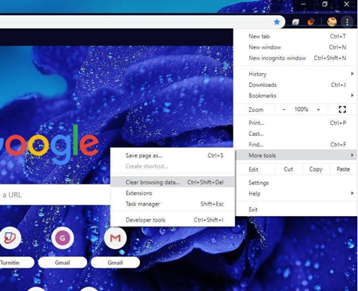
- Select the checkboxes of browsing history, cached files, etc. and, choose “Clear Data”.
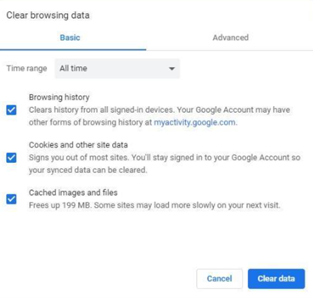
Deleting Temporary Internet Files on Firefox
- Open the Firefox browser and pick the “Settings” menu. Locate the “Options” and select it.
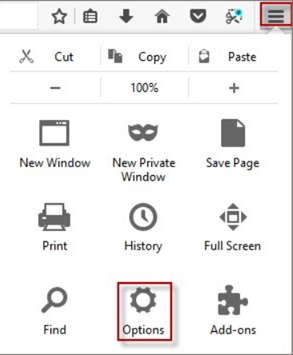
- Access the “Privacy & Security” section and select the “Clear Now” option beneath the “Cached Web Content.” In some versions, the option title is “Offline Web Content and User Data”.

Deleting Temporary Internet Files on Safari
- Access the “Safari” browser and select the “Tools” icon. Pick “Preferences” from the dropdown menu.
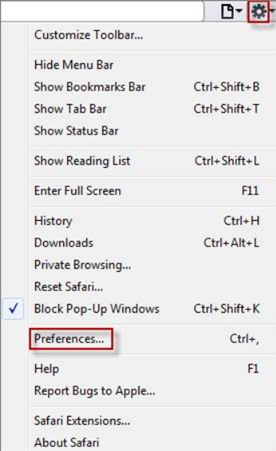
- Extend the “Privacy” section. Go for “Remove All Website Data.”
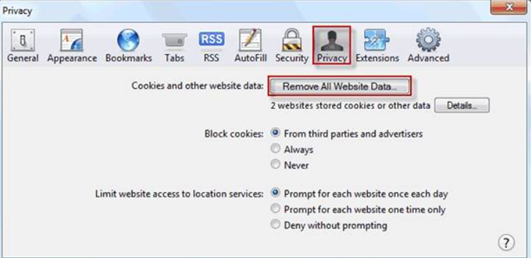
- Select “Remove Now” to remove every temporary internet file.
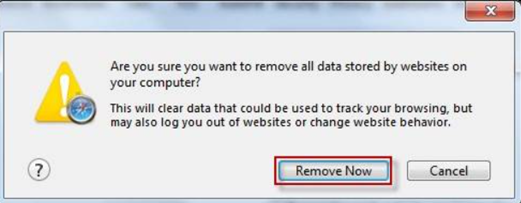
Deleting Temporary Internet Files on Microsoft Edge
- Open the Microsoft Edge application. Pick the “Tools” icon from the top right part of the screen. Then, choose “Settings” from the dropdown menu.
- Click on the “Choose what to clear” option beneath the “Clear browsing data” section.
- Pick the files such as browsing history, cookies, etc., to remove and click on “Clear”.
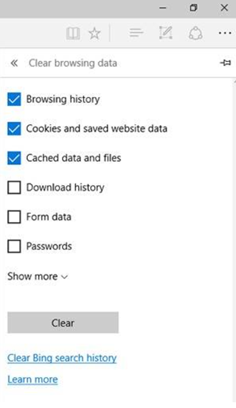
Summary: Delete Temporary Internet Files
- Learn how to delete Temporary Internet Files.
- On the Microsoft Edge browser, you can delete cookies, browsing history and other data associated with a website by deleting temporary internet files.
- Select the Settings and more icon (three dots) at the top right of the browser window.
- Select Settings from the drop-down menu.
- In the side menu, select Privacy and security.
- Under Clear browsing data, select Choose what to clear.
- Select Cookies and saved website data and Cached data and files.
- Select Clear now.